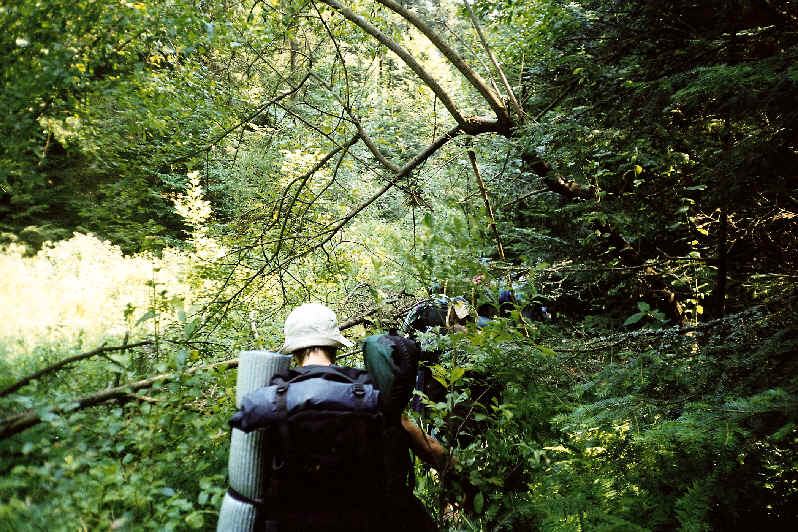Backpacking Travel 101: How to Get Started
Backpacking is basically the combination of camping and hiking, but even if you are a professional camper, there things you need to consider before you get your RV in gear and hit the trail to go backpacking.
Get Fit Before You Go Backpacking
Many novice backpackers whine about their aching back and shoulders, or having blisters on their feet. If you get fit before you go, you will feel better and enjoy more!
Test Your Equipment
Before you walk for miles into the backcountry, you will want to know how to set up your tent and if you don’t have an RV with a reverse osmosis system, then you would also want to know how to make fresh water and how to cook using it on your camping stove. Create a list of the basics that you’ll need like a tent, sleeping bag, sleeping pad, stove and water filter and ensure you know how each thing works. Get the essential repairs if need be. Get hold of some real good Inflatable Air Truss & Air Pole Tents Large Group and Family Tents if you plan on spending your holidays hiking and trekking the mountains.
Make sure to choose a tent according to the number of people traveling with you like the 8 person tents are perfect if you are a large group, but you could also see for the smaller tents if you are just couple getting away for the weekend. Make sure to carry enough food supplies just a precaution cause more is always better. Make sure you go through the manuals of everything you just in case if one malfunction or teras you will immediately know how to fix it.
Plan your Backpacking Trip
Researching and planning will help assure your backpacking travel is more fun, safer and memorable. First, find a friend to go with you. It’s safer to have a backpacking buddy and easier as you can share the basic equipment.
Choose a destination with your hiking skills.
Get a map of the area you’d like to travel and calculate distance and elevation within your comfort level.
If your travel starts and ends at different trailheads, assure that there is transportation to help you return to your car, or bring a second car for a bus. Another option is to base-camp in one place for the period of your trip and spend the extra days unwinding, day hiking, trekking or fishing.
When planning your backpacking adventure, be sure to look into the water sources in the area. You will need to filter your water and want to know that your spot has a reliable water source.
Once you have decided on an endpoint and route, you must contact the ranger district to get information about permits and regulations. Before you go backpacking, you must check the weather so you will be prepared, but also remember that weather forms can change and you’ll want to be equipped for anything.
Hit the Track
Now that you are in right shape, have tested your equipment and planned your course, it’s time to hit the track and go backpacking! Keep backpacking protocol and the environment in mind while you are in unfamiliar place.
Most backpackers and hikers walk into the woods for peace and isolation, but you will most likely see others along the course and perhaps at your destination. Scoot Anywhere USA will give you a possibility to enjoy the benefits of enhanced mobility on a trip with a compact travel scooter.
Whenever possible, don’t camp out next to someone and always camp in a current campsite if available. Keep in mind that your voice conveys in the quiet location of the great outdoors.
Always build camp 100 feet from water and never wash your plates directly in a creek or river. You will need to bury your waste more than 6 inches down, and away from the freshwater sources. Though toilet paper is recyclable, it is best to burn or pack paper products and bring them once you leave the site. If campfires are allowed, ensure to keep them under control at all times and die them before going to sleep at night.
Jaymes, a Travel Writer, has been employed in Travis Travel Gear (TTG) for many years.

